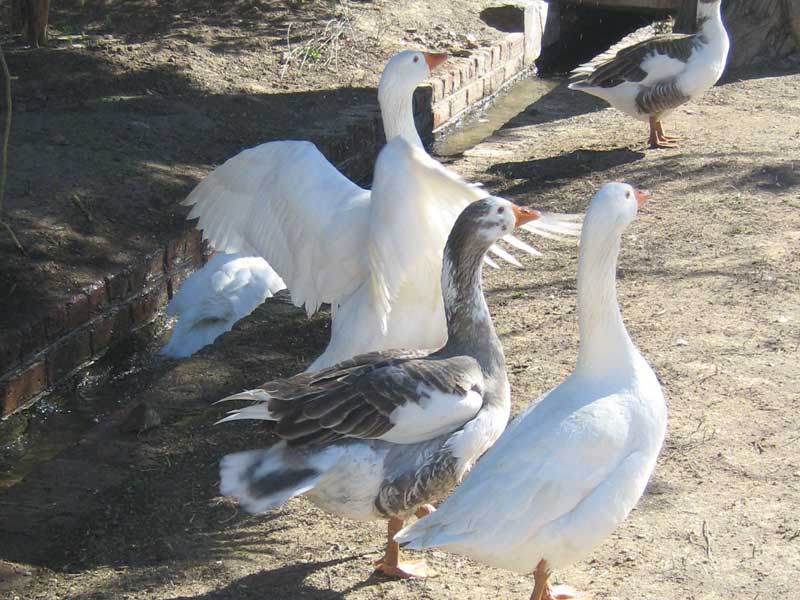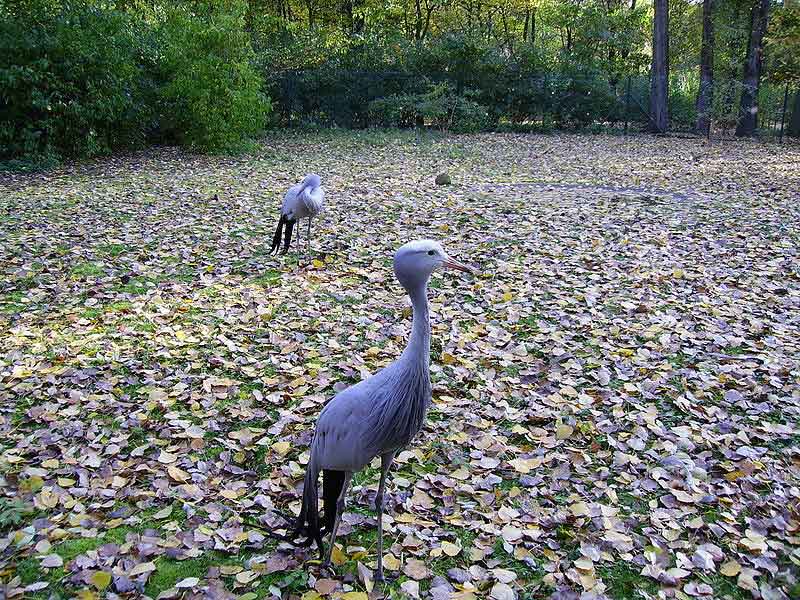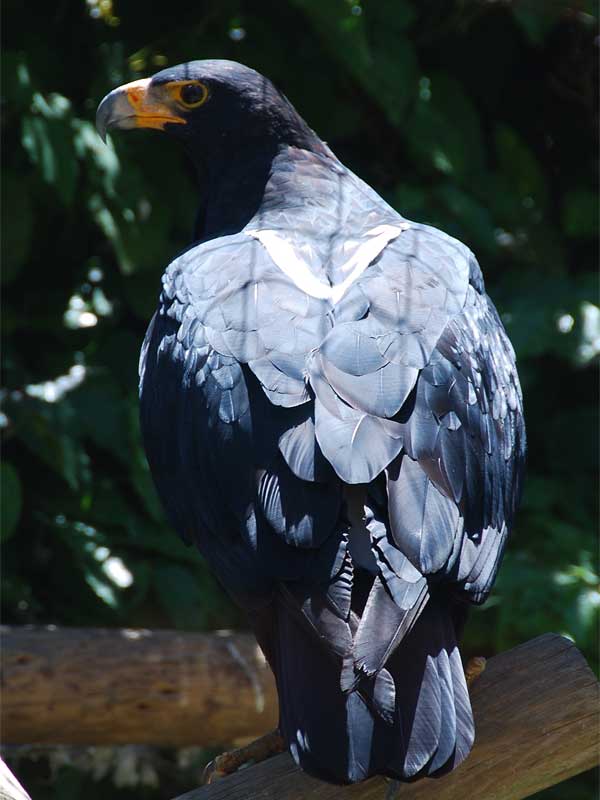Project Description
 The area around Nieu Bethesda boasts around 280 bird species including water birds, mountain birds and several species of raptor and other birds of prey. Be on the lookout for the Blue Crane, South Africa’s national bird.
The area around Nieu Bethesda boasts around 280 bird species including water birds, mountain birds and several species of raptor and other birds of prey. Be on the lookout for the Blue Crane, South Africa’s national bird.
Birds to watch out for
Blue Crane
 The Blue Crane (Anthropoides paradisea), also known as the Stanley Crane and the Paradise Crane, is the national bird of South Africa. It is a tall, ground-dwelling bird, but is fairly small by the standards of the crane family. It is 100-120 cm (40-47 in) tall and weighs from 4 to 6.2 kg (8.8-13.6 lbs). This crane is pale blue-gray in colour with a white crown, a pink bill, and long, dark gray wingtip feathers which trail to the ground.
The Blue Crane (Anthropoides paradisea), also known as the Stanley Crane and the Paradise Crane, is the national bird of South Africa. It is a tall, ground-dwelling bird, but is fairly small by the standards of the crane family. It is 100-120 cm (40-47 in) tall and weighs from 4 to 6.2 kg (8.8-13.6 lbs). This crane is pale blue-gray in colour with a white crown, a pink bill, and long, dark gray wingtip feathers which trail to the ground.
Blue Cranes are birds of the dry, grassy uplands which feed on seeds and insects and spend little time in wetlands. They are altitudinal migrants, generally nesting in the upper grasslands and moving down to lower altitudes for winter. Many occupy agricultural areas.
Of the 15 species of crane, the Blue Crane has the most restricted distribution of all.
While it remains common in parts of its historic range, and approx. 25 700 individuals remain, it began a sudden population decline from around 1980 and is now classified as vulnerable.
The South African government has stepped up legal protection for the Blue Crane. Other conservation measures are focusing on research, habitat management, education, and recruiting the help of private landowners.
The Blue Crane is a bird very special to the amaXhosa, who call it indwe. When a man distinguished himself by deeds of valour, or any form of meritorious conduct, he was often decorated by a chief by being presented with the feathers of this bird. After a battle, the chief would organise a ceremony called ukundzabela – a ceremony for the heroes, at which feathers would be presented. Men so honoured – they wore the feathers sticking out of their hair – were known as men of ugaba (trouble) – the implication being that if trouble arose, these men would reinstate peace and order.
Source: Wikipedia
African Black Eagle
 Verreaux’s Eagle (Aquila verreauxii), also known as the African Black Eagle or Black Eagle, is a large bird of prey. This eagle is a resident breeder throughout Africa, especially sub-Saharan Africa, and can usually be found in mountainous regions.
Verreaux’s Eagle (Aquila verreauxii), also known as the African Black Eagle or Black Eagle, is a large bird of prey. This eagle is a resident breeder throughout Africa, especially sub-Saharan Africa, and can usually be found in mountainous regions.
It is about 75 to 95 cm (30 to 38 in) in length, average weight for male is 3.7kg (8lb 02oz) and for females 4.5kg (9lb 14oz) and has a wingspan of up to 2 m (6.7 ft). It is generally black in colour with a distinct white V marking on its back. Juveniles are usually light and dark brown in colour with a black face. Structurally, it is very similar to the Golden Eagle of the Northern Hemisphere, and the Wedge-tailed Eagle of Australia.
It is highly territorial and can often be seen with another Verreaux’s Eagle, with whom it mates for life. The pair will lay two creamy white eggs, four days apart in autumn, and these will hatch approximately 45 days later.
It is a specialist hunter of hyraxes (or dassies). The size of its territory often inversely reflects the size of the local hyrax population. Occasionally, it will prey on birds such as guineafowl or mammals of similar size to hyraxes, such as large rodents.
The name commemorates the French naturalist Jules Verreaux.
Source: Wikipedia
Bird checklist
The number before the name is the number of the bird as it appears in Roberts Bird Guide.
|
|

